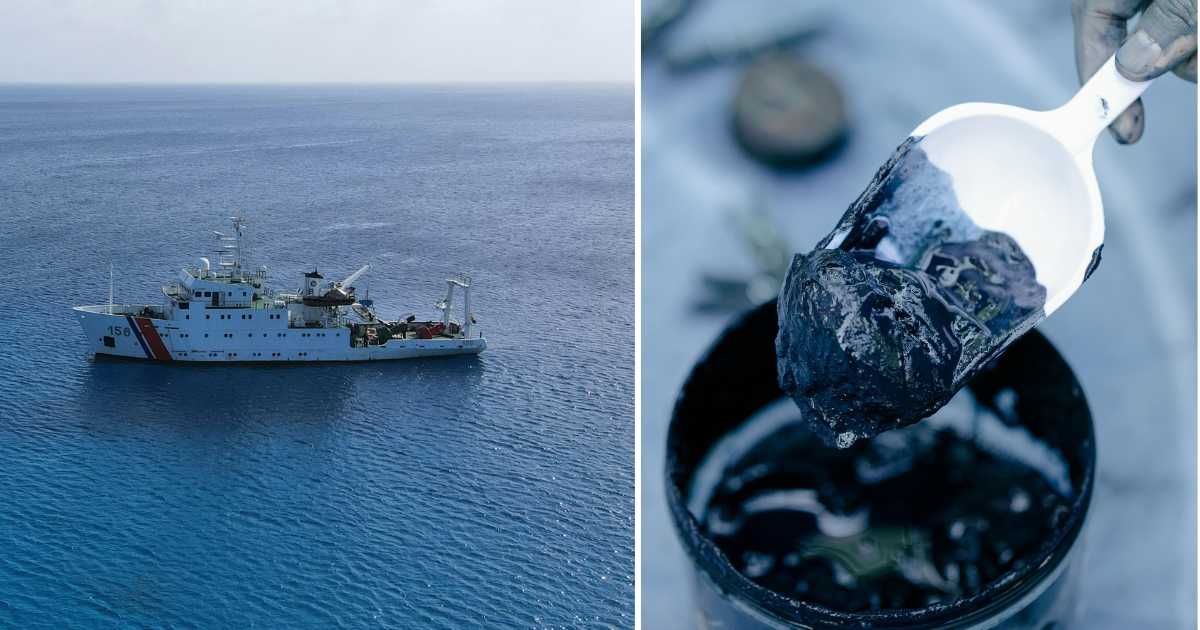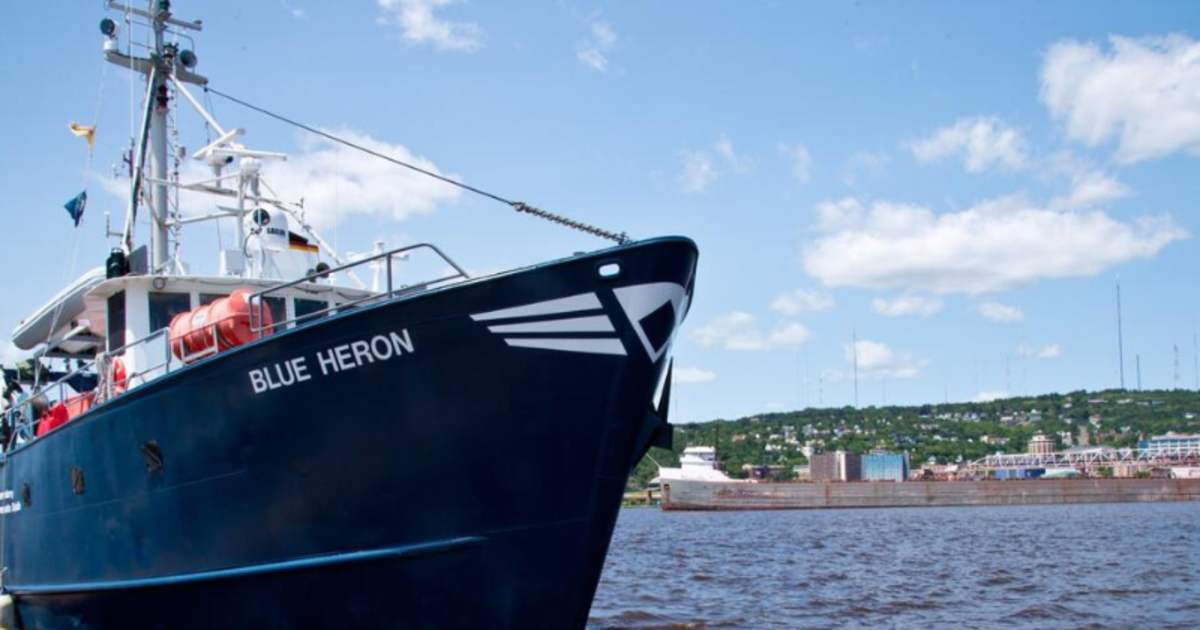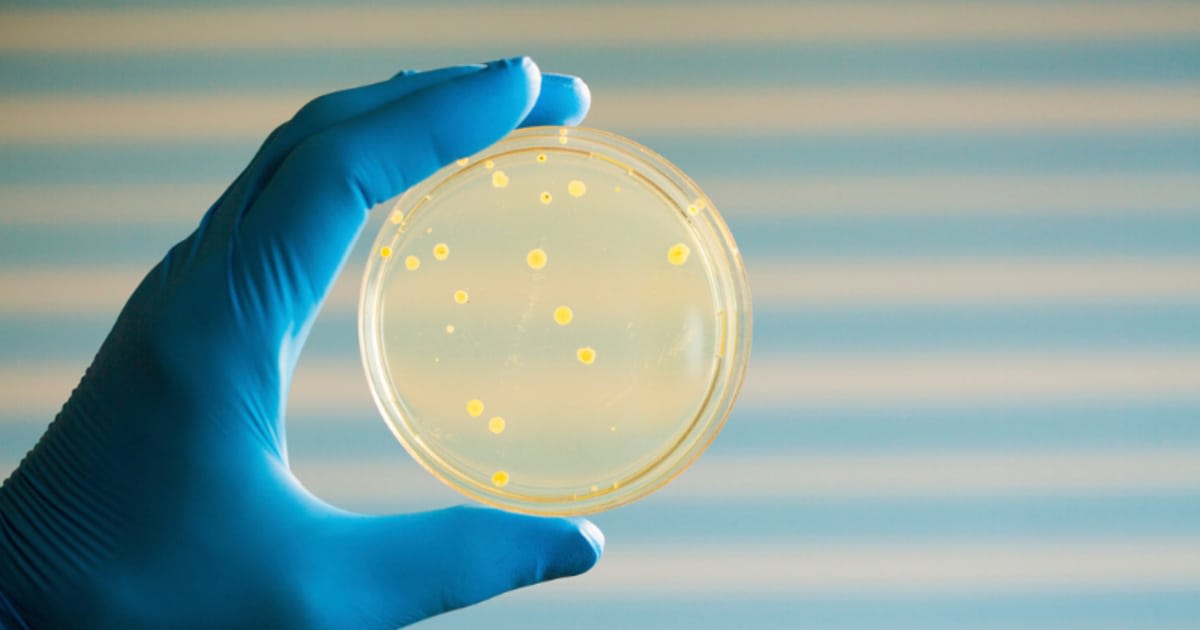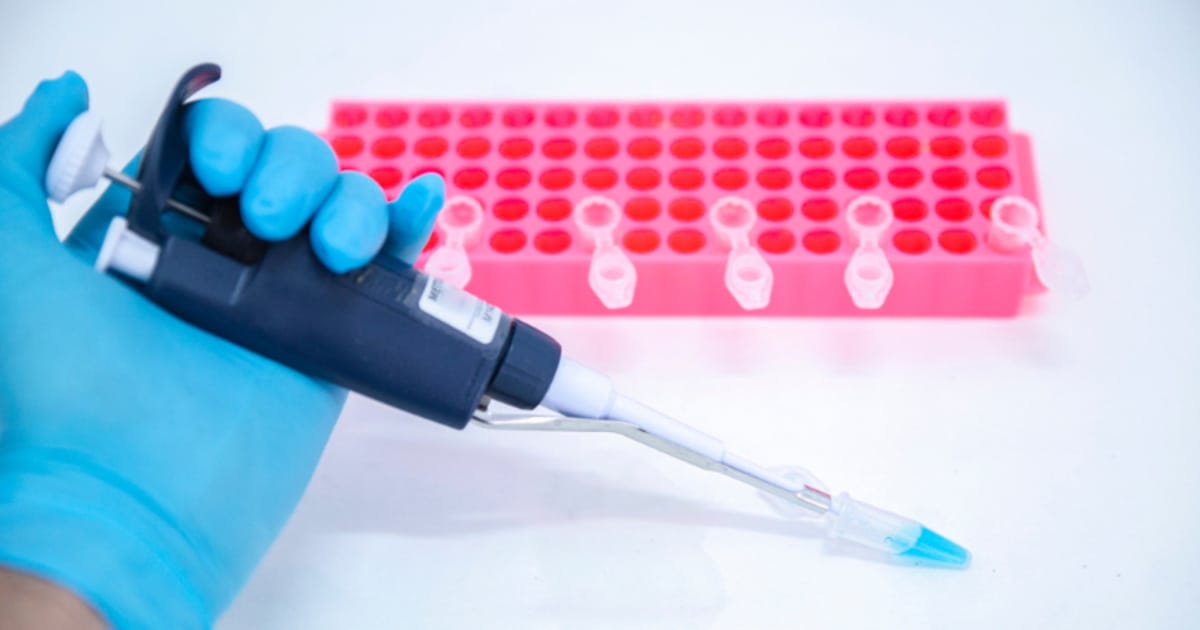Researchers Discovered a New Life Form In 'Ship Goo' Recovered From the Great Lakes Research Vessel

A mysterious tar-like liquid appeared on the deck of the R/V Blue Heron, a research vessel exploring Lake Superior. When the researchers tested the substance, they found unusual organisms. Now they are planning to uncover where it came from and what it might mean for life forms in the Great Lakes. This discovery was first reported by a member of the vessel, marine superintendent and senior research associate, Doug Ricketts, who shared this unusual find through a statement at the University of Minnesota Duluth.

The Discovery of the “Goo”
The mysterious liquid was first noticed by Ricketts. “The muck looked like thick grease or oil. But the rudder shaft wasn’t supposed to be lubricated by anything more than lake water. Instead of a strong petroleum odor, the goop had a metallic smell,” Ricketts said, as reported by Popular Science. According to Blue Heron Captain Rual Lee, the goo did not leave any layers or sheen on the water, nor burn up when a blowtorch was used during preliminary informal tests.

The ShipGoo001 Study
To find some answers, Ricketts brought a paper cup full of the goo to the university scientists. The lab results brought more questions than answers, as the results of the analysis came up with one discovery. They found in the mysterious tar-like liquid many previously unidentified forms of life. “I really didn’t think we’d get anything, to be honest. Usually, when you’re given a cup of tar, you don’t expect much,” remarked Cody Sheik, a microbial ecologist at the University of Minnesota Duluth. He dropped off this paper cup to a university student and wished them the best. The student successfully identified DNA and extracted it, much to Sheik’s surprise. It was only when the lab results showed the signs of unidentified life forms that Sheik realized this was a completely new challenge.
A Cleveland ship’s strange “goo” just led to the discovery of a brand-new species. See what scientists found: https://t.co/dxXQM4qHNK
— 614 (@614Magazine) July 8, 2025
“A lot of the sequences came out really novel. I was like, ‘oh, oh no, okay– this is a whole different story’,” Sheik added. On second look, Sheik and his colleagues sent the specimen for a second level of testing in which they examined the whole genomes inside the goo, instead of just a single key gene region. The results confirmed that though the microorganisms weren’t diverse, they were unique. They found a new archaea, which are member of a type of single-celled, prokaryotic life that are differentiated from bacteria by their cell membrane composition. One of the microbes found was not just a new species but an entirely new order of archaea. For now, they are called ShipGoo001 in official terms; they are also hoping to confirm whether another microbe they found could be a new type of bacterial phylum, so that it can then be christened ShipGoo002. “There’s several of them that may be new genus, may be new families, for sure,” Sheik noted.

Finding the Missing Piece
Most of the organisms found in the goo are similar to ones found in oil wells, tar pits, and other places with hydrocarbons. Some of them seem related to microbes found in distant places, like Germany. “That’s been kind of fun– trying to figure out where [it’s from] and why it’s in the rudder system here. It’s becoming quite baffling,” noted Sheik. In part, again, because the Blue Heron’s rudder isn’t regularly greased with oil, and as it sails on the Great Lakes in the Midwest, he further explained. The R/V Blue Heron was bought second-hand in 1997, so it is a possibility that previous owners used petroleum-based lubricants.

However, microbes usually need a steady food source to survive in such conditions. Since no grease has been applied in over 25 years, they are unsure where these microbes have been getting food from. “The more we start getting into this, the more I’m kind of clueless here. We’re doing a lot of sleuthing to try to figure this thing out,” Sheik added. The biggest challenge the scientists face is that the sample they took from the ship was the only and final specimens, as disassembling and cleaning of the ship have led to all other traces being wiped off. To learn more about these microbes, Sheik said that his lab would need more funding and resources. Once clearer images of these microbes are secured, he is hoping to publish these findings in a peer-reviewed journal.